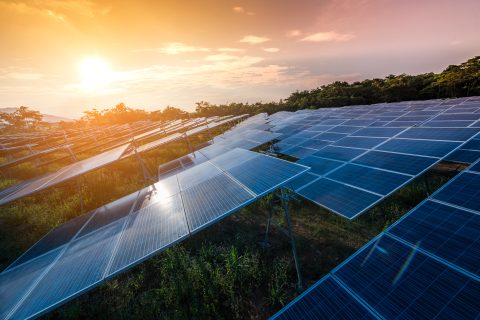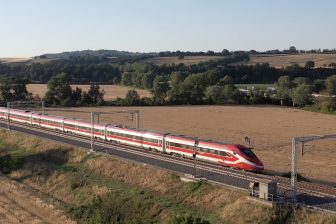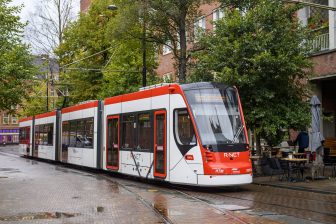
SNCF Renouvelables: SNCF launches solar energy production subsidiary
Solar farm Shutterstock
On Thursday, the French national railways announced the launch of ‘SNCF Renouvelables,’ its solar energy production subsidiary. The division will oversee the creation of solar power stations across the country on land owned by SNCF. Its first objective is to cover around 20 per cent of its electricity needs by 2030.
Want to read more?
You have read all of your free premium articles for this month. Please become a subscriber to keep reading.
Subscribe now!
Take advantage of our exclusive offer to get full access to all premium content.



